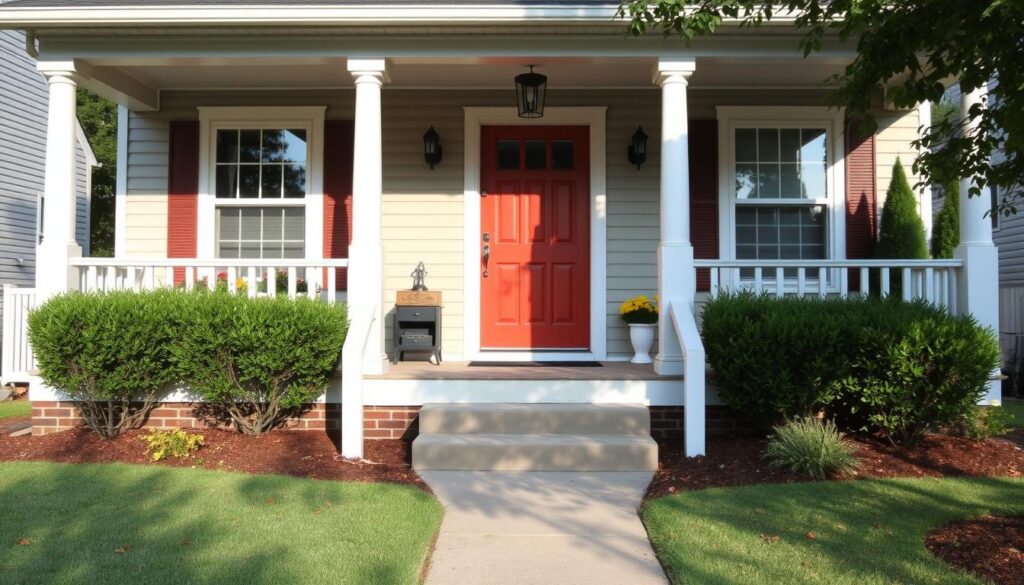Setting the right rent price for your property is essential for maximizing your investment returns while ensuring you attract and retain reliable tenants. This balance can be tricky, requiring a blend of market research, property assessment, and strategic pricing. Here are the key steps to determine the best rent price for your rental property.
Understanding the Market
First, get familiar with your local rental market. Check out similar properties in your neighborhood. Look at their rent prices, amenities, and condition. Websites like Zillow, Rent.com, and Craigslist can provide a wealth of information. Note how long properties stay listed. If they disappear quickly, it indicates high demand. If they linger, perhaps they’re overpriced or lack appeal.
Evaluating Your Property
Next, assess your property. Consider its size, condition, and features. How does it compare to others in your area? Properties with modern appliances, recent renovations, or unique features (like a balcony or garden) can command higher rent. The location also plays a critical role. Proximity to schools, public transportation, shopping centers, and other amenities can justify a higher price.
Calculating Expenses
List all your expenses related to the property. This includes mortgage payments, property taxes, insurance, maintenance, and repairs. Don’t forget occasional costs like replacing appliances or fixing plumbing issues. Adding a buffer for unexpected expenses is wise. This total gives you a baseline for what you need to cover through rent.
Setting a Competitive Price
With market insights and a clear picture of your expenses, you can start setting a competitive rent price. It should cover your costs and align with market rates. Aim slightly above the average if your property offers superior features. For example, if similar properties rent for $1,500 per month and yours has a brand-new kitchen, you might price it at $1,600.
Adjusting for Seasonality
Rent prices can fluctuate with the seasons. Many people move in the spring and summer, which can increase demand and allow for higher rents. Conversely, winter months may require a slight decrease in price to attract tenants. Keeping an eye on these trends can help you adjust your pricing strategy throughout the year.
Offering Incentives
If your property isn’t attracting tenants at your desired price, consider offering incentives. This could be a month of free rent, waiving the security deposit, or including utilities. These perks can make your property more attractive without lowering the base rent, helping you maintain your income goals.
Testing and Flexibility
Start with a price you feel is fair and test the market. If you receive multiple inquiries quickly, you might have underpriced it. If interest is slow, the price may be too high. Be ready to adjust. Flexibility is key in finding the sweet spot that attracts tenants and meets your financial needs.
Legal and Fair Housing Considerations
Ensure your rent pricing complies with local laws and fair housing regulations. Charging different rents based on race, religion, gender, or family status is illegal. Additionally, some areas have rent control laws that limit how much you can charge or increase rent.
Communicating Value
When advertising your rental, highlight features that justify the price. Use high-quality photos and detailed descriptions. Emphasize aspects like new appliances, energy-efficient systems, or included services (like lawn care). Clear communication about what makes your property special can attract tenants willing to pay a premium.
Long-Term Tenant Considerations
While setting the right price initially is crucial, consider the long-term implications. Tenants who feel they’re getting good value are more likely to stay longer, reducing turnover costs. A slightly lower rent that ensures a happy, long-term tenant can be more profitable than a higher rent with frequent vacancies.
Periodic Review
Regularly review your rent price. Market conditions change, and your property’s condition will evolve over time. Keeping up with local trends and periodically reassessing your pricing ensures you remain competitive and profitable. Annual adjustments based on market changes and property improvements can help you keep pace with inflation and rising costs.
Technology and Tools
Utilize technology to aid your pricing strategy. Property management software often includes rent analysis tools. These tools can provide data-driven insights and help you make informed decisions. They can also track your property’s financial performance, making it easier to adjust rent prices as needed.
Seeking Professional Advice
Consider consulting with a property management company or real estate professional. They have in-depth market knowledge and can provide personalized advice. They can also handle the day-to-day management of your property, freeing up your time while ensuring your rental remains competitive.
Final Thoughts
Setting the right rent price is a dynamic process. It requires understanding your local market, accurately assessing your property, and being willing to adjust based on feedback and changing conditions. By following these steps, you can find the sweet spot that maximizes your income while keeping your property occupied with happy tenants.






